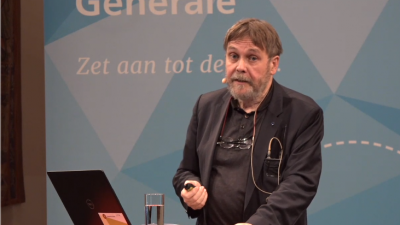Benedict Anderson's Imagined Communities
Cover to cover“[T]he members of the smallest nation will never know most of their fellow-members, meet them, or even hear of them, yet in the minds of each lives the image of their communion.”
1983: the Cold War kept international relations in deep freeze, but the Shah of Iran had already been toppled by an Islamic revolution. In this year Benedict Anderson intervened in nationalism studies with a book that is as topical and authoritative today as it was 35 years ago. Imagined Communities appeared at a time when the societal roots and the cultural imagination of "the nation" were a hotly contested issue; historians were just becoming aware of the power of informal collective memories and "invented traditions"; postcolonialism was just around the corner; and Anderson’s slim book offered a theory that even-handedly acknowledged both the political and the cultural elements that go into nation-building. Cultural historian Joep Leerssen (UvA) situates the book in the debates of its appearance and in its continuing relevance. How did it help us, in 1983, to understand the historical nature of nationalism, how does it help us today to understand its remarkable revival?
Speaker
About this series
Cover to cover
Door een goed geschreven verhaal voel je – voor even – hoe het is om in de schoenen te staan van iemand die je niet bent, of juist iemand die je altijd al was maar waarvoor je de woorden eerder nog niet kende. Drie wetenschappers over emancipatoire boeken.








